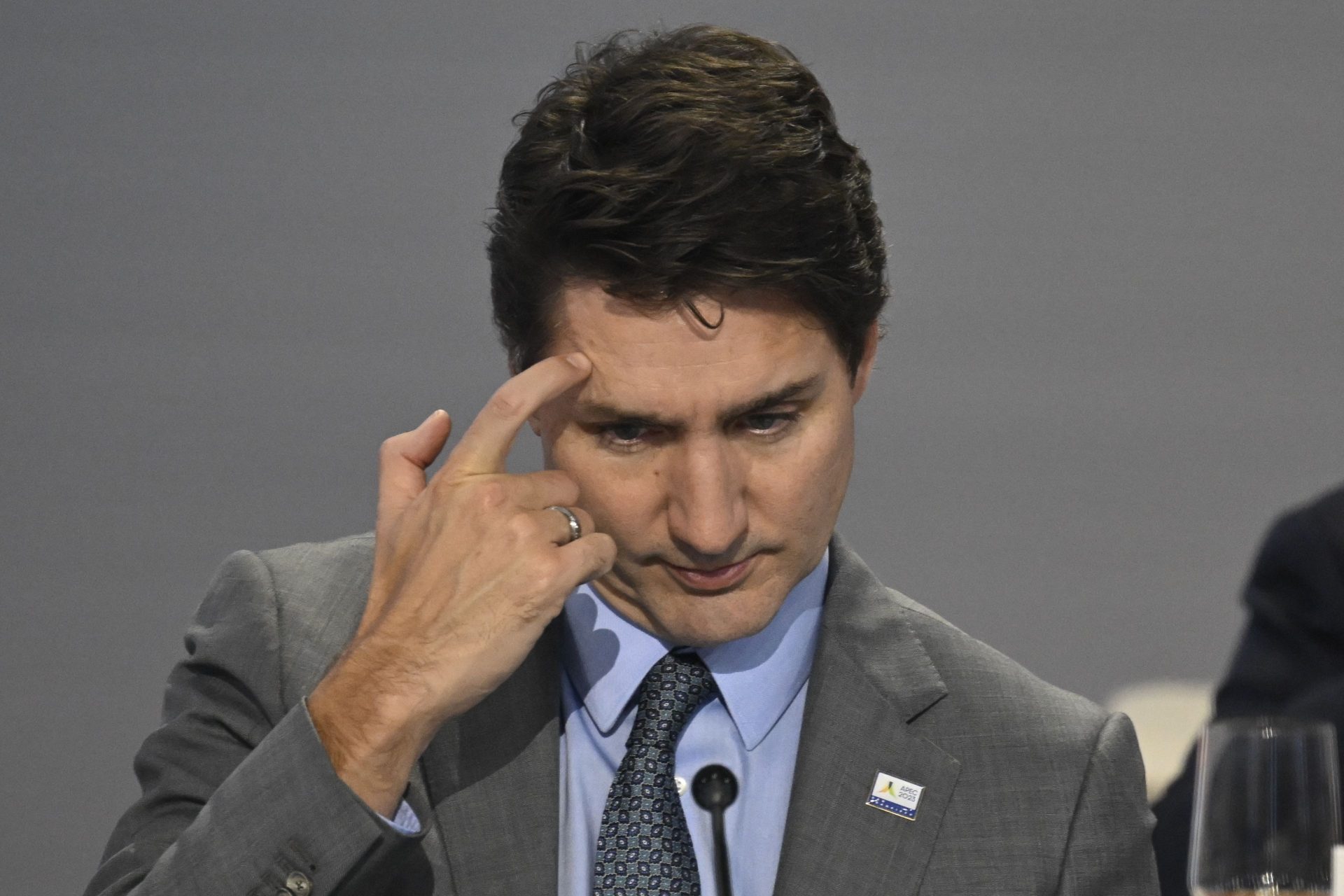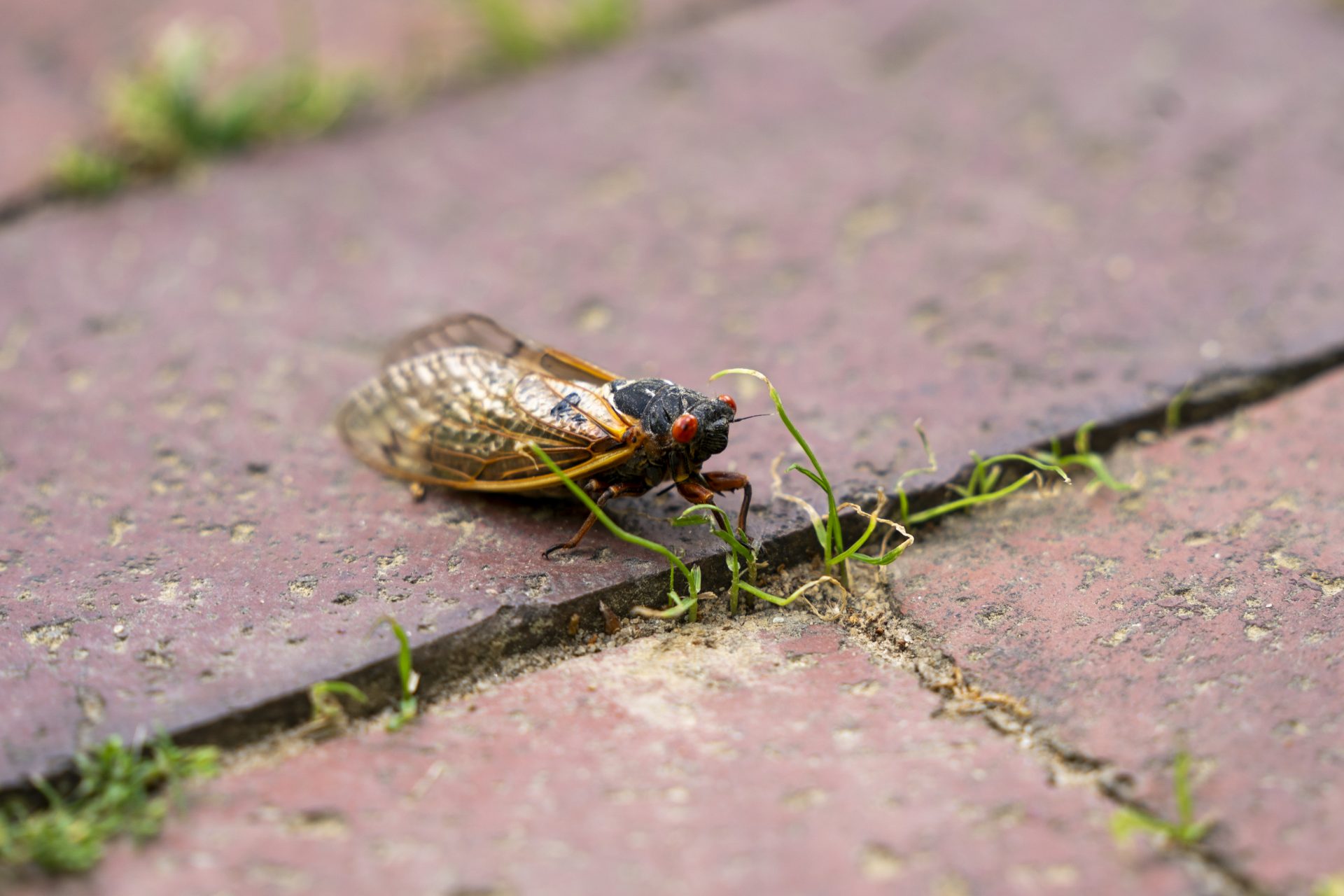These are the signs of the impending global food crisis
All the conditions are there: war in the biggest wheat-producing region in the world, global supply chain issues as a consequence of the global Covid-19 pandemic, and climate change having a negative affect on harvests. It seems that shortages for the rich and hunger for the poor will be the way of the future.
The experts warn us that it is highly likely that a worldwide food crisis is on its way.
The current war in Europe affects two of the most important wheat-producing countries in the world: Russia, which is in fourth place, and Ukraine in seventh place if you count the EU as a single producer.
Between the sanctions on Russia and the invasion of Ukraine, importing cereal from either Eastern European country has become a risky endeavor. Only after lots of negotiations, did Kyiv manage to send its grain across the Black Sea.
Adding to this, India, which is the world's third-largest wheat producer, had a disastrous harvest in 2022 due to the high temperatures, sometimes reaching above 110 degrees Fahrenheit ( 43 °C) for days and days.
The New York Times and other news sources have reported that the Indian government has decided to ban wheat exports to cover local needs and slow down food prices. This is to the detriment of European and American markets.
Wheat isn't the only casualty of war. National Geographic explained, in a May 2022 piece, a looming shortage of fertilizers. Russia, facing heavy sanctions due to the war, makes up 20% of nitrogen-based fertilizer and, with fellow sanctioned Ukraine, 40% of the world's potash production.
Image: Taylor Siebert / Unsplash
Nitrogen and potash are, along with phosphorus, part of the “fertilizer trifecta” of modern agriculture around the globe.
“I’m not sure it’s possible any more to avoid a food crisis,” says World Farmers’ Organization President Theo de Jager to National Geographic. “The question is how wide and deep it will be. Most importantly, farmers need peace. And peace needs farmers.”
Image: Liz Joseph / Unsplash
One of the tenets of economic globalization was relocate wherever it was cheaper to produce. This allowed Russia and Belarus to virtually corner the market of fertilizer production. Now American farmers are paying the price, not knowing how to fertilize their fields.
Image: K. Mitch Hodge / Unsplash
In May, The UN made a dire forecast: “Around the world, 44 million people in 38 countries are at emergency levels of hunger, just one step away from famine. More than half a million people in Ethiopia, South Sudan, Yemen, and Madagascar are already in catastrophic or famine conditions”.
David Beasley, head of the United Nations World Food Programme, was very clear in a CNN interview: “Millions will starve, countries will destabilize and families will migrate by necessity”.
“We're going to have a food pricing problem in the next 12 months, but after all, if we don't address those issues, we'll have a food availability problem”, comments David Beasley on CNN.
Countries that are already facing hunger and shortage issues, no strangers to these difficulties, will be the ones affected the most.
Facing shortages, governments might follow India's example and choose to limit or prohibit exports, such as wheat or others affected by the price hike.
Image: James Alhberg / Unsplash
The World Bank requested not to adopt these policies, singling out agricultural powerhouses such as Argentina, Brazil and Australia to please allow the trade of all sorts of goods.
Prices might hike in developed countries, but some shortages are starting to be seen as well. One New York Times article from May 5, 2022, was titled “Sunflower Oil ‘Vanishes’ as Ukraine War Grinds On”.
What is true is that in a world as interconnected as we live in, the catastrophic effects of war or climate change cannot be missed.
Agriculture isn't the only front affected by everything that was mentioned before. The fear of rising energy and fuel prices due to the war in Ukraine is becoming more real as winter approaches.
The best choice is to return to a world of peace, stability, and trade between countries without difficulties. Although many already talk of an alternative: a deglobalized world, where each nation focuses on its domestic self-reliance. But that's an argument for another time.
Image: Julia Kozoski / Unsplash
More for you
Top Stories

































